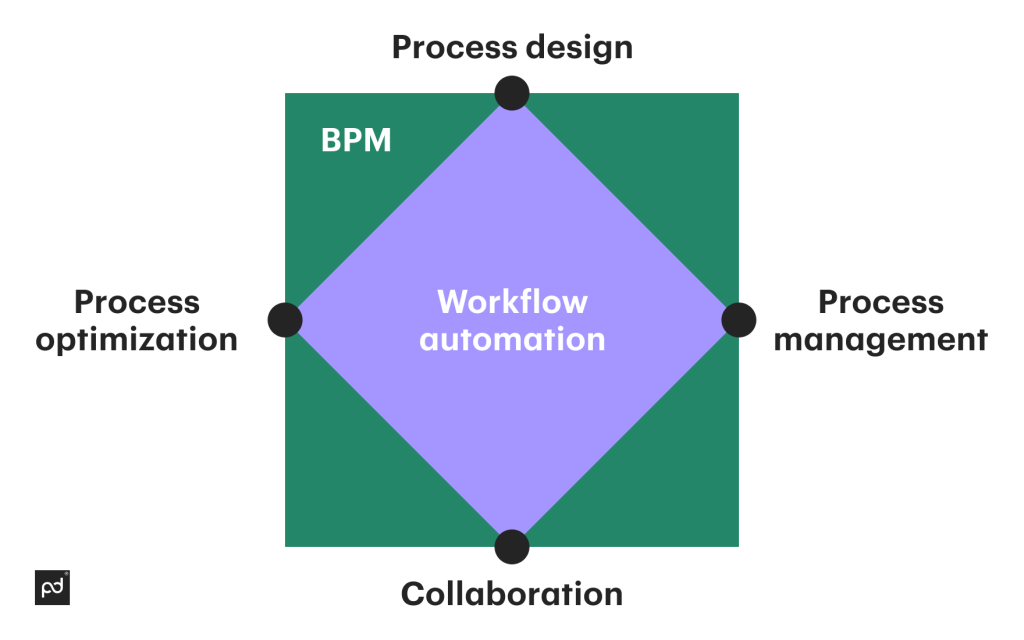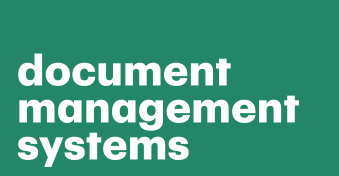If you’ve been on the hunt for a productivity system to improve your business, you’ve probably seen the terms business process management (BPM) and workflow management bandied around.
BPM and workflow management are two methods for increasing efficiency and streamlining processes for your business, but how do you choose between the two?
Let’s examine everything you need to know about BPM vs workflow management, so you can choose the right process for your business.
What is BPM?
BPM is a systematic approach that organizations use to improve their business processes, like when you use powerful API and integrations to improve your tech stack.
BPM involves analyzing, designing, implementing, and continually optimizing business processes for efficiency, effectiveness, and adaptability.
BPM aims to create a structured way of managing business processes.
It involves identifying the inputs, outputs, and activities that make up a process, as well as defining roles, responsibilities, and performance metrics.
BPM also uses technology to automate, monitor, and analyze processes, which can help you identify areas for improvement and make business decisions based on data.
BPM is not a one-time event but an ongoing process of improvement.
Organizations can continually analyze and optimize processes to adapt to changing market conditions, improve customer satisfaction, reduce costs, and increase productivity.
BPM can help you see the big picture so you can make the best choices for your business.
What is workflow management?
Workflow management refers to designing, executing, and monitoring workflows within an organization.
A workflow is a series of related tasks or activities that make up a business process, and workflow management involves overseeing the entire process from start to finish.
Workflow management is essential for ensuring that tasks are completed efficiently and effectively.
It involves defining the steps involved in a workflow, assigning tasks to individuals or teams, setting deadlines, and monitoring progress.
Workflow management often involves using software tools to automate repetitive tasks, track progress, and facilitate collaboration.
Businesses can reduce errors, eliminate redundancies, and improve productivity by optimizing workflows.
Workflow management is also essential for ensuring regulatory compliance and identifying bottlenecks.
Business process management vs workflow management: The key differences
Now that you have an idea of what BPM and workflow management are, here are the main differences you’ll find between the two systems.
While not exhaustive, the following table should give you an idea of what each program is better suited for:
| BPM | Workflow |
|---|---|
| Can manage multiple tasks and workflows simultaneously. | Handles a sequence of tasks one at a time. |
| Complete view of what’s going on; encompasses all tasks, reports, forms, and data. | Tasks are owned by separate people or teams and handled individually, task by task. |
| Ideal for organizing company-wide initiatives. | Ideal for organizing documents and people. |
| Suited for enterprise-level operations but slower to implement. | Less complex but faster to implement. |
| More expensive. | Less expensive. |
| Can include workflow management as a subset. | Cannot incorporate business process management. |
| Can give you insight into every business function. | Can give you insight into only one specific function. |
BPM software vs workflow automation software
BPM and workflow automation are used to optimize business processes, but they serve different purposes.
BPM software is designed to manage the entire lifecycle of a business process, from design to implementation to optimization.
It typically provides tools for modeling processes, analyzing data, and identifying areas for improvement.
BPM software also includes features for managing tasks, workflows, and roles, as well as reporting and analytics capabilities.
Workflow automation software, on the other hand, is focused specifically on automating tasks within a workflow.
It’s designed to streamline the flow of information and tasks between different stakeholders, often using pre-built templates or workflows.
Workflow automation software typically includes features for creating and managing workflows, assigning tasks to individuals or teams, and tracking progress.
While BPM software and workflow automation software have some overlap, they’re not interchangeable.
BPM software is better suited for organizations that want to optimize and manage their entire process landscape, while workflow automation software is ideal for streamlining specific workflows or processes.
You may choose to use both BPM software and workflow automation software in conjunction with each other, depending on your particular needs and goals.
BPM and workflow automation: How do they work together?

By combining their strengths, BPM and workflow automation can work together to optimize business processes.
Think of it this way; workflow processes can be encompassed in larger BPM initiatives.
In other words, you have a big-picture idea with BPM, and workflow management can exist under the BPM umbrella to accomplish that idea.
Here are some ways in which BPM and workflow automation can be used together:
Process design
BPM can model and design business processes, while top workflow automation apps can automate specific tasks within those processes.
By automating tasks within a process, you can increase efficiency and reduce errors.
Process management
BPM software can be used to manage the entire lifecycle of a process, including assigning tasks, tracking progress, and analyzing performance.
Workflow software can provide real-time visibility into the status of those tasks.
Process optimization
BPM software can identify areas for improvement within a process, while workflow software can implement those improvements by automating tasks.
Collaboration
Workflow software can facilitate collaboration between different team members, while BPM software can provide a central platform for managing and communicating process-related information.
Overall, BPM and workflow automation can create a streamlined and optimized strategy adaptable to changing business needs.
Organizations can achieve better efficiency, effectiveness, and agility by using these two approaches in conjunction with each other.
Optimize your organization’s workflow with BPM
BPM and workflow management are both systems that can help you streamline your business and increase productivity.
With BPM, you can manage multiple processes at once while overseeing the bigger picture, and with workflow management, you can achieve singular tasks quickly.
Whatever you decide, there’s no reason to think of it as BPM vs workflow management — you can choose BPM, workflow, or workflow incorporated into BPM.
Whichever way, you’ll be happy with the improvement to your business.
If you are looking to streamline processes across your teams, PandaDoc can help.
Our document workflow solution makes it easy to optimize workflows in sales, marketing, and more. Learn more by scheduling a 15-minute demo today.
Disclaimer
PandaDoc is not a law firm, or a substitute for an attorney or law firm. This page is not intended to and does not provide legal advice. Should you have legal questions on the validity of e-signatures or digital signatures and the enforceability thereof, please consult with an attorney or law firm. Use of PandaDocs services are governed by our Terms of Use and Privacy Policy.


